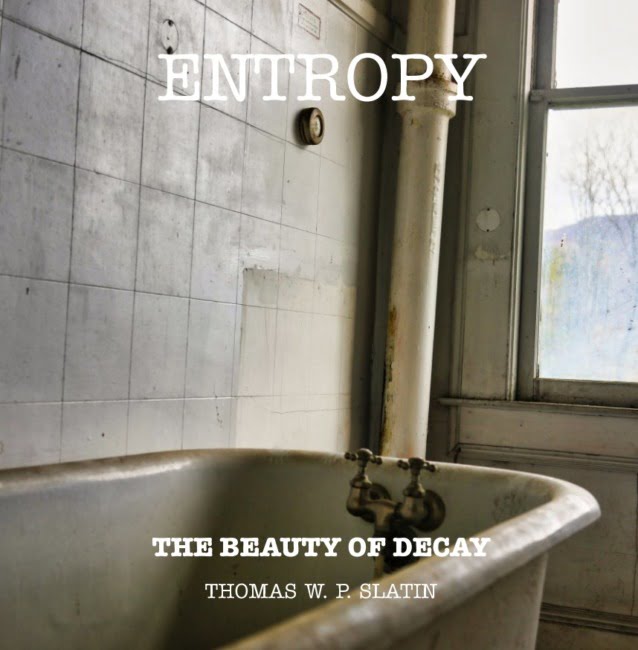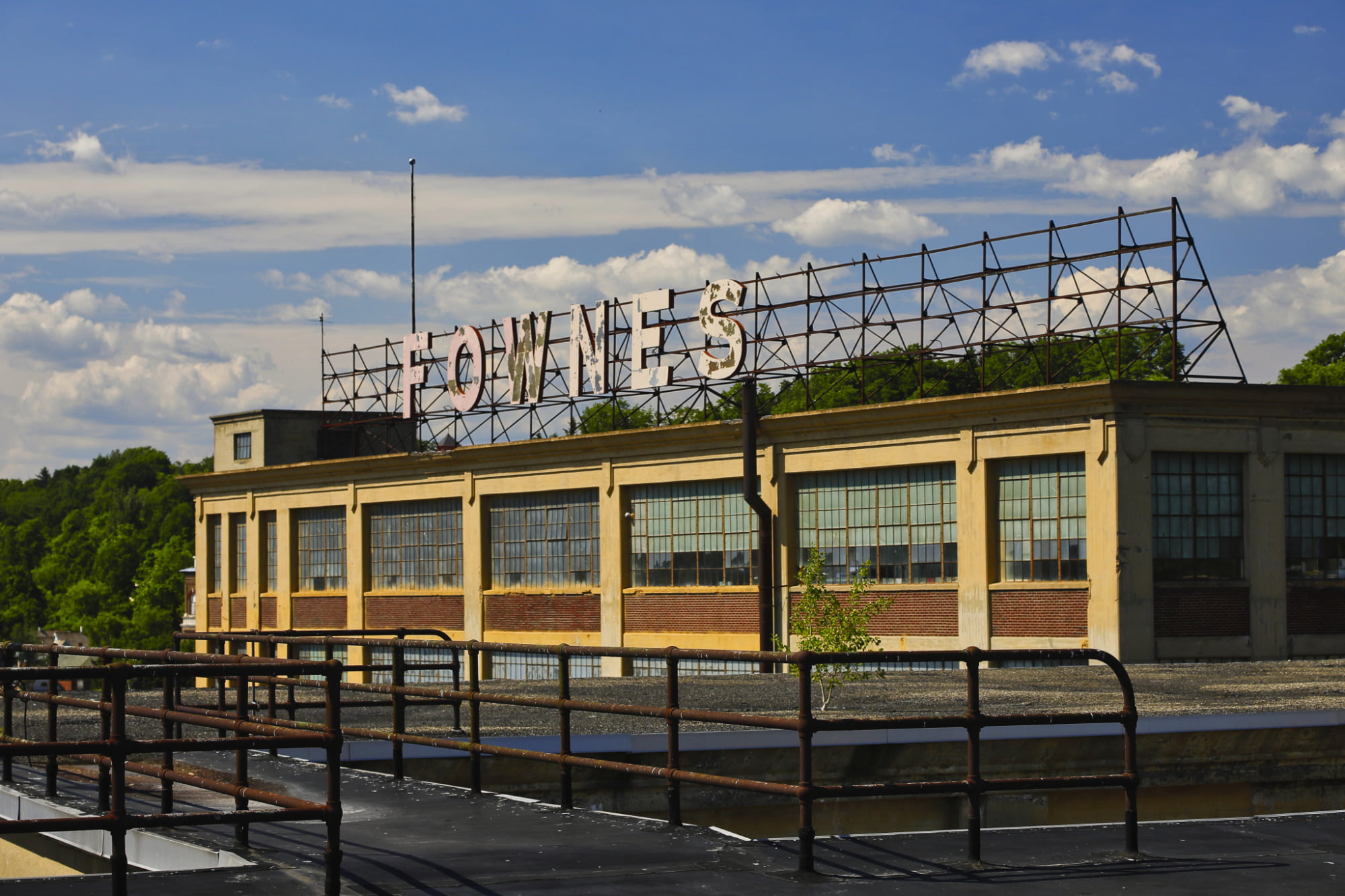There’s an undeniable allure to places long abandoned, where the echoes of past lives linger in the empty halls, and the peeling paint tells stories of forgotten eras. Last weekend, I joined my friends Luke and Lucas on a photographic expedition to an abandoned psychiatric hospital—one of those sprawling, Kirkbride-style monoliths that loom like haunted castles against the skyline. These buildings, once symbols of progressive mental health treatment, now stand as solemn reminders of the fragility of human institutions, decaying both in purpose, as well as in form.
As we stepped through the door, the first thing that struck me was how much had changed in the way we understand and treat psychiatric conditions. A century ago, such places were designed to be beautiful, yet massively imposing structures constructed with tall ceilings, and large windows to provide natural light and fresh air. During the mid-19th century, these sprawling architectural designs were thought to be the height of mental healthcare. People were brought here with the hope of healing, but more often than not, they were confined, isolated, and forgotten about. It’s difficult not to draw parallels to today’s system, where many patients, especially those with severe conditions, are still confined and isolated. While we no longer employ some of the barbaric treatments of the past, the practice of isolating individuals—sometimes even imprisoning them—remains all too common. And it makes me wonder: How much have we truly progressed?
The hospital itself was a maze of crumbling walls, graffiti, and shattered windows, with each corridor stretching endlessly into darkness. As we wandered, our cameras in hand, the air seemed thick with both dust and memory. Nature had begun reclaiming the structure—vines creeping in through cracked windows, and debris and stagnant water covering the once pristine floors. There’s something poetic about that slow return to the earth, as if the building itself, once a site of such confinement, was finally being set free.
At some point during our adventure, we ascended to the roof—a place that offered a rare sense of liberation from the claustrophobic interior. Up there, we encountered a group of fellow urban explorers.
There’s an unspoken bond between those of us who seek out these places, driven by a fascination with the past, and perhaps equally, what has been left behind. For a moment, we stood together in silence, passing around a joint, and gazing out over the surrounding landscape, the skeleton of the hospital stretching beneath us. It was as if the building had momentarily shrugged off its dark history, offering us a rare moment of peace and newfound friendship.
Of course, the peacefulness didn’t last long. The hospital, like many of these old places, was designed with the intent to confuse, and disorient. We spent an hour wandering the hallways, only to return to the same exact spot, our sense of direction slowly dissolving as we explored the entirety of the ground floor of crumbling rooms. It wasn’t until we realized we had no idea where we’d come in that the magnitude of the building really hit us. For a while, we considered retracing our steps, and for a moment trying to reply on the futility of our cellular phone-based mapping. In the end, after trying to find a suitable exit, we made the pragmatic decision to bail out of one of the ground-floor windows. The irony wasn’t lost on me—escaping a place designed to hold people in, albeit in a far less dramatic way than those poor souls a hundred years ago.
As we left, the sun was beginning to set, casting long shadows over the ruins. I couldn’t help but reflect on the duality of such places. They are at once beautiful and tragic, a reminder both of the human desire to heal, and the human capacity to imprison. In their decay, there is something freeing—a reminder that everything, even the most oppressive institutions, if not renovated and repurposed, will eventually crumble and return to the earth.
The beauty of decay, I’ve come to realize, lies not just in the physical breakdown of the building, but in the stories it tells—stories of change, of progress, and regression, of hope, and despair. And in that, there is something truly fascinating, and profound.

















Behind-The-Scenes Stills From Luke Explores…








2 thoughts on “The Beauty Of Decay: Inside An Abandoned Psychiatric Hospital”